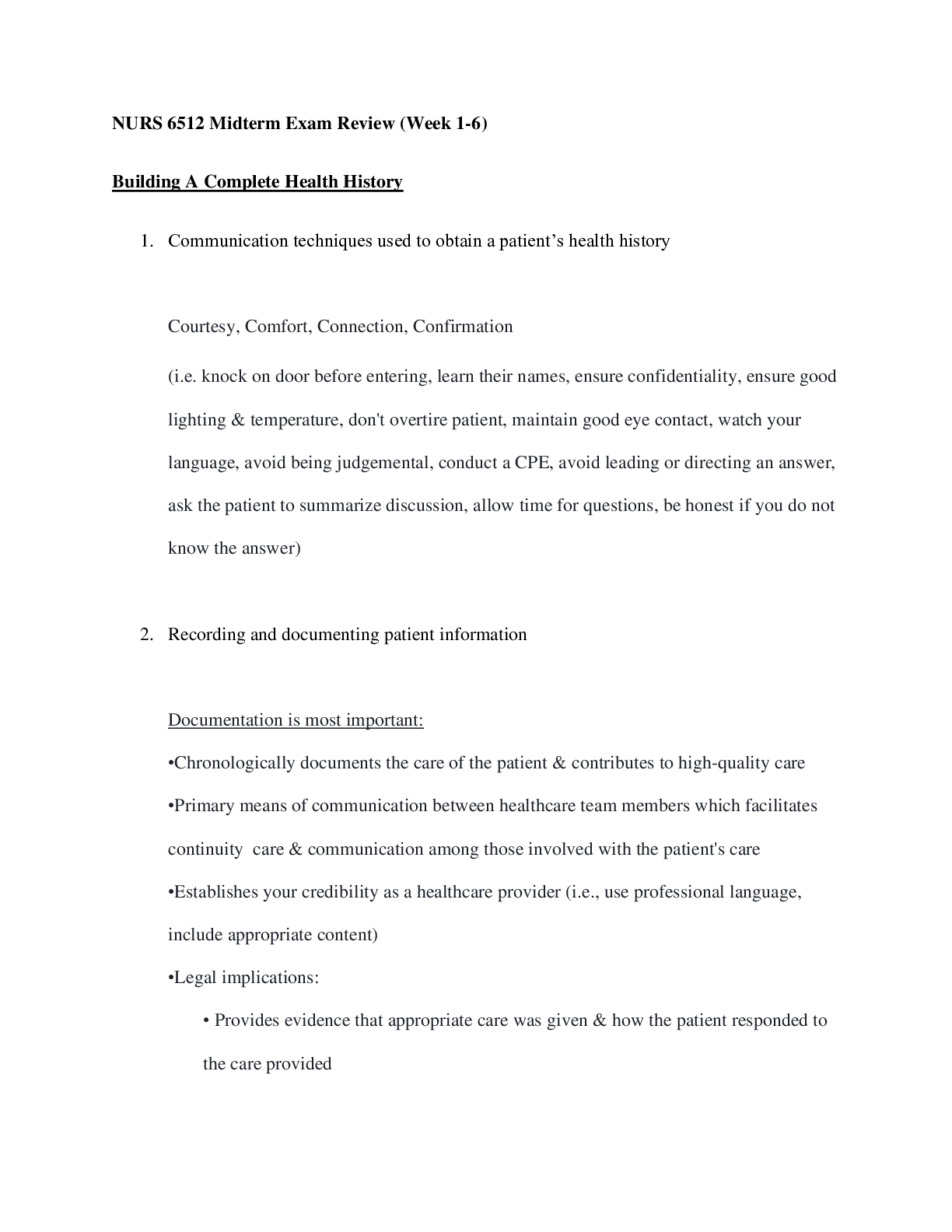*NURSING > STUDY GUIDE > NURS 6501 Midterm Exam Review Guide (Weeks 1-6) Cellular Processes and the Genetic Environment (All)
NURS 6501 Midterm Exam Review Guide (Weeks 1-6) Cellular Processes and the Genetic Environment
Document Content and Description Below
NURS 6501 Midterm Exam Review Guide (Weeks 1-6) Cellular Processes and the Genetic Environment • Describe cellular processes and alterations within cellular processes ❖ The eight specialized cel... lular functions are movement, conductivity, metabolic absorption, secretion, excretion, respiration, reproduction, and communication. ❖ The chief functions of the nucleus are cell division and control of genetic information. ❖ Importantly, the ER is responsible for protein folding and sensing cell stress. ❖ Lysosomes are saclike structures that originate from the Golgi complex and contain digestive enzymes. These enzymes are responsible for digesting most cellular substances completely to their basic components, such as amino acids, fatty acids, and carbohydrates. A newly understood role of lysosomes is nutrient-dependent signal transduction. The signaling function cooperates with the known degradative role to mediate basic cell functions, such as nutrient sensing, metabolic adaptation, and quality control of proteins and organelles. 8. Four pathways of degradation in lysosomes include endocytosis, phagocytosis, macropinocytosis, and autophagy. ❖ . Mitochondria are found in great numbers in most cells and are responsible for cellular respiration and energy production. The enzymes of the respiratory chain (electrontransport chain), found in the inner membrane of the mitochondria, generate most of the cell’s ATP. ❖ The chemical tasks of maintaining essential cellular functions are referred to as cellular metabolism. Anabolism is the energy-using process of metabolism, whereas catabolism is the energy-releasing process. 2. ATP functions as an energy-transferring molecule. Energy is stored by molecules of carbohydrate, lipid, and protein, which, when catabolized, transfer energy to ATP. 3. Oxidative phosphorylation occurs in the mitochondria and is the mechanism by which the energy produced from carbohydrates, fats, and proteins is transferred to ATP. ❖ • What is the impact of the genetic environment on disease? ❖ Family members share genes and a common environment; therefore, resemblance in traits, such as high blood pressure, reflects both genetic and environmental factors (nature and nurture, respectively). ❖ A genetic predisposition may interact with an environmental- lifestyle factor to increase the risk of disease; this is called a gene-environment interaction. ❖ The complete human genome sequence will facilitate gene identification, diagnosis, and disease treatment. ❖ An individual’s genotype is the person’s genetic makeup, and the phenotype reflects the interaction of genotype and environment. ❖ Environmental factors, such as diet and exposure to certain chemicals, may cause epigenetic modifications. ❖ • Explain how healthy cell activity contributes to good health and how its breakdown in cellular behavior and alterations to cells lead to health issue. • What are the roles genetics plays in disease processes? ❖ Changes in many genes, each with a small effect, may underlie susceptibility to many common diseases, including cancer, obesity, diabetes, heart disease, and mental illness. In people with a genetic predisposition, the risk of disease can depend on multiple factors in addition to an identified genetic change • What is the relationship of how cells are involved in disease processes? ❖ All diseases are disturbances at the cellular level (Rudolph Virchow, 1858) To treat disease, we must understand its cause. To understand the cause of a disease, we must understand the alterations that occur at the level of individual cells. ❖ Systemic manifestations of cellular injury include fever, leukocytosis, increased heart rate, pain, and serum elevations of enzymes in the plasma. ❖ Manifestations of cellular injury include accumulations of water, lipids, carbohydrates, glycogen, proteins, pigments, hemosiderin, bilirubin, calcium, and urate. Altered Physiology • Evaluate cellular processes and alterations within cellular processes ❖ Cellular processes, such as transcription, DNA replication, and DNA repair, are regulated by an intimate and self- reinforcing crosstalk and interdependence between histone- modifying complexes and other histone-modifying activities, such as acetylation, phosphorylation, and methylation. ❖ Cellular processes are mediated through the complex action of several biological molecules through biochemical or biophysical interactions. Comprehensive understanding of the network will hence help to better understand the molecular mechanism underlying human diseases. Proteins “A” and “B” serve as hub proteins (schematic 1). An alteration (mutation) that removes one of the hub proteins (schematic 2) could lead to a significantly more severe outcome compared to an alteration that affects only a single edge (schematic 3), which could explain how different alteration in the same gene could lead to a different disease phenotype. • Analyze alterations in the immune system that result in disease processes ❖ Autoimmune diseases originate from the coincidence of an initiating event in a genetically predisposed individual leading to an autoimmune mechanism that affects specific target tissues or cells. Central tolerance develops during the embryonic period. Peripheral tolerance is maintained in secondary lymphoid organs by regulatory T lymphocytes or antigen- presenting dendritic cells. ❖ Inappropriate immune responses are misdirected responses against the host’s own tissues (autoimmunity); directed responses against beneficial foreign tissues, such as transfusions or transplants (alloimmunity); exaggerated responses against environmental antigens (allergy); or insufficient responses to protect the host (immune deficiency). ❖ • Identify racial/ethnic variables that may impact physiological functioning ❖ lower education levels, socioeconomic status, lack of health insurance, inadequate housing, and living near environmental hazards. • What is the impact of patient characteristics on disorders and altered physiology? ❖ • What is the association of genes in the development of disease? ❖ The more strongly inherited forms of complex disorders generally have an earlier age of onset (breast cancer, Alzheimer’s disease, heart disease) o These represents subsets of cases in which there is single-gene inheritance o ....................................................................CONTINUED...................................................... [Show More]
Last updated: 1 year ago
Preview 1 out of 54 pages
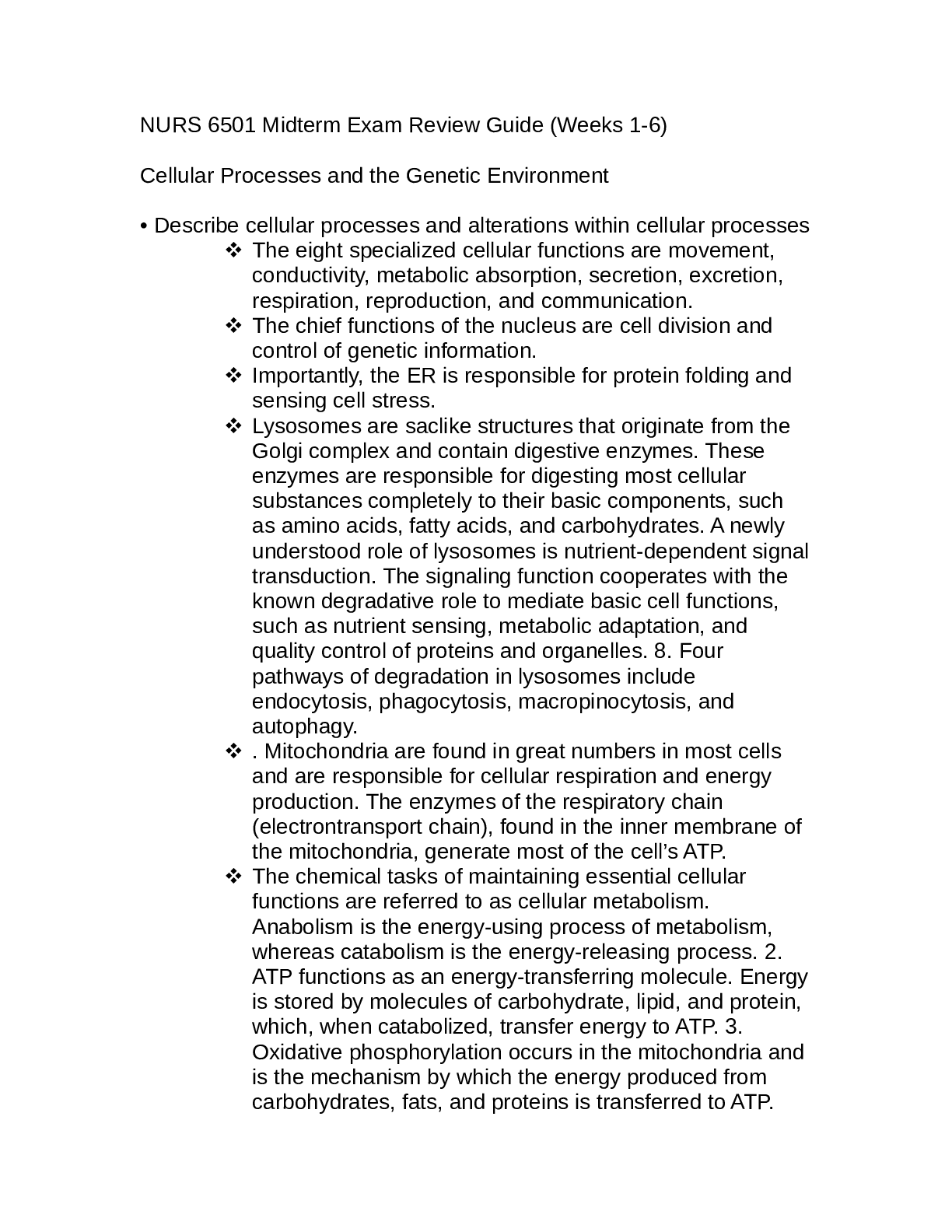
Reviews( 0 )
Document information
Connected school, study & course
About the document
Uploaded On
Apr 30, 2021
Number of pages
54
Written in
Additional information
This document has been written for:
Uploaded
Apr 30, 2021
Downloads
0
Views
17

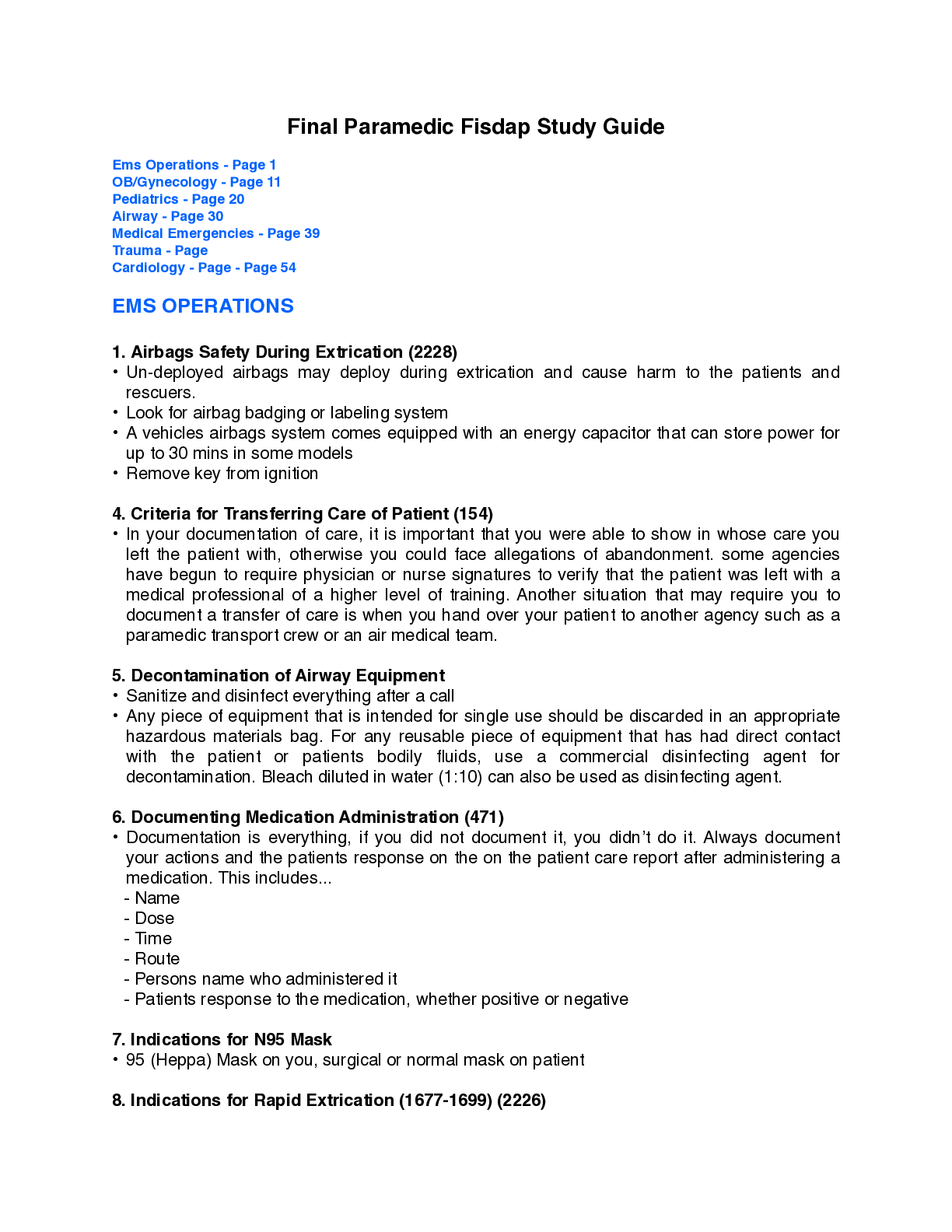


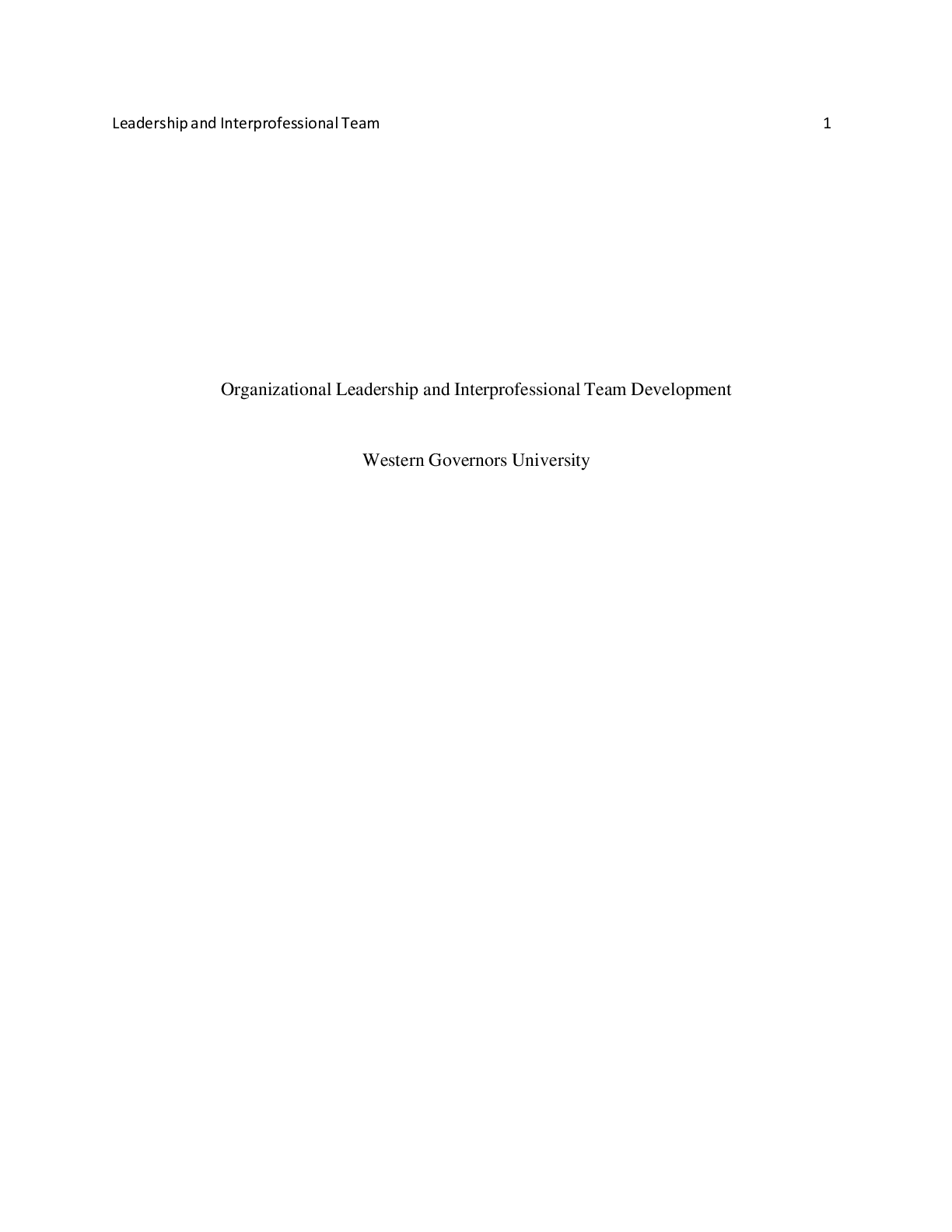

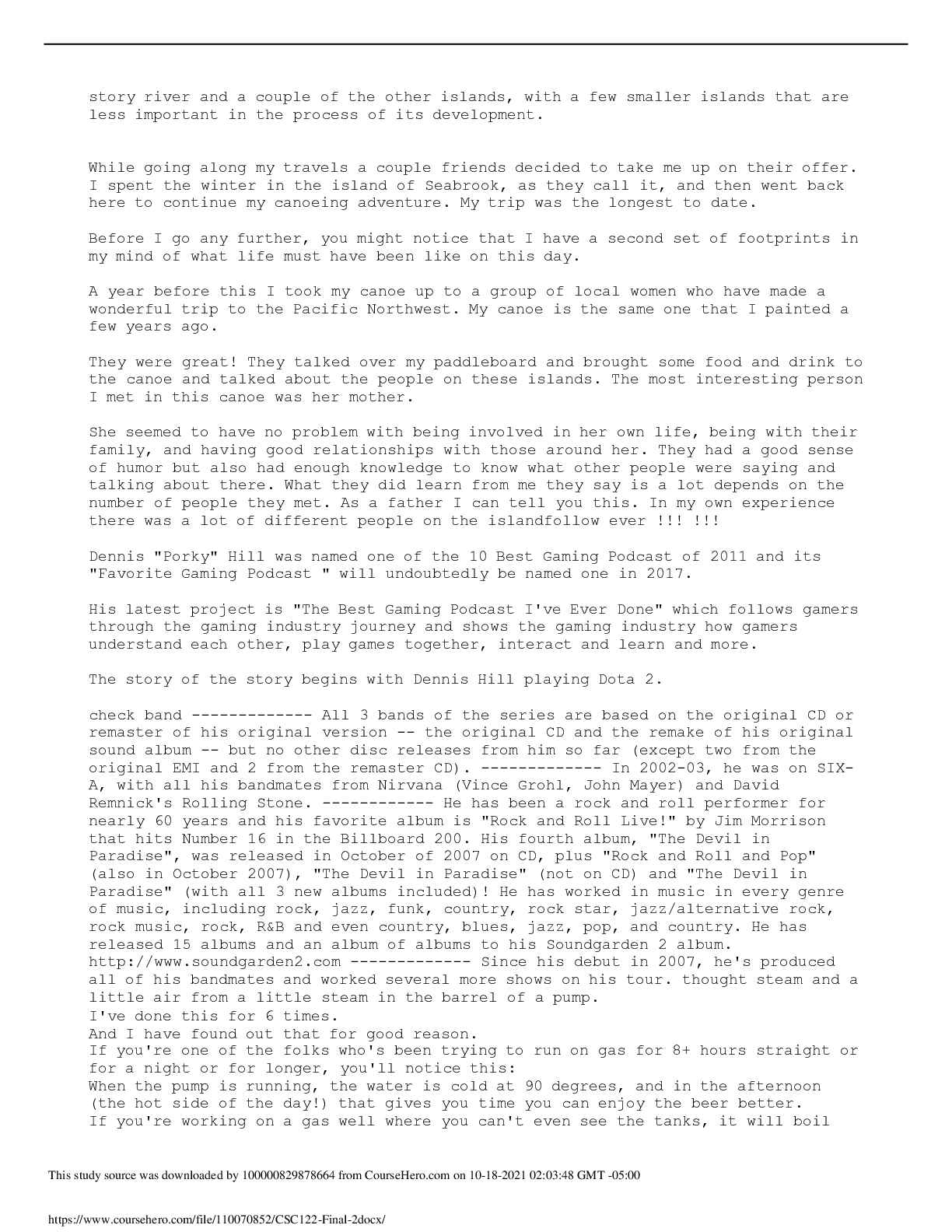

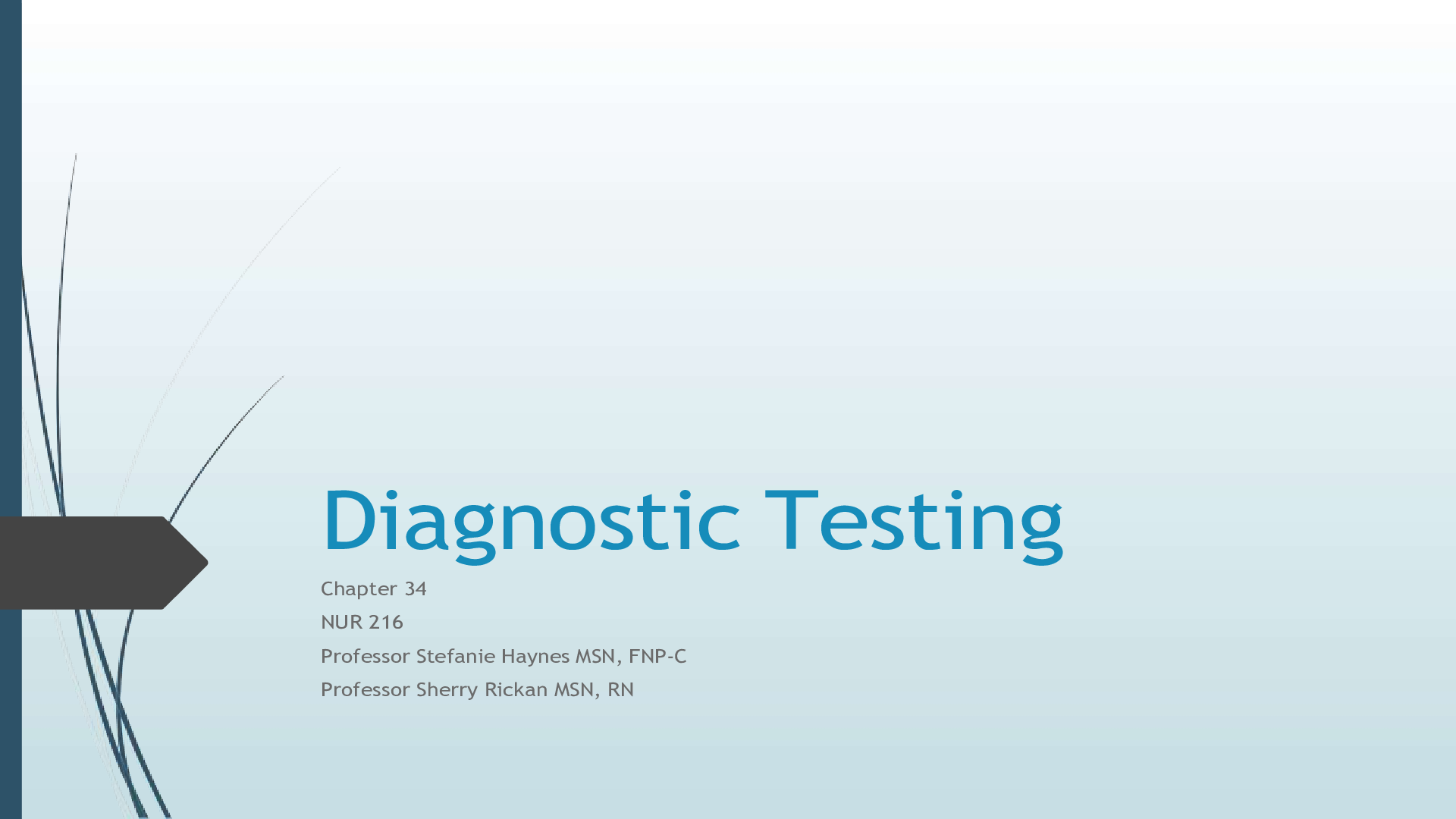
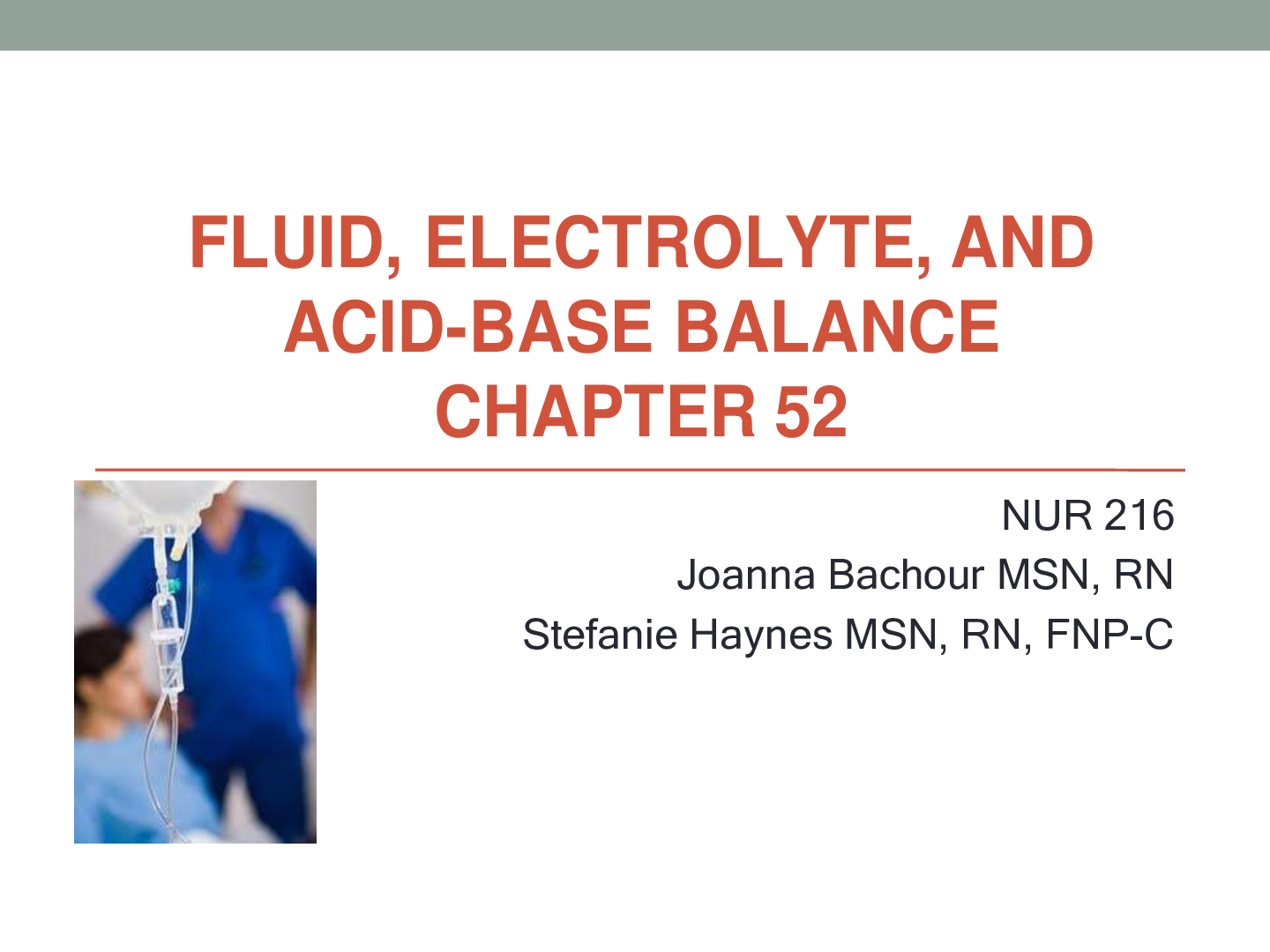
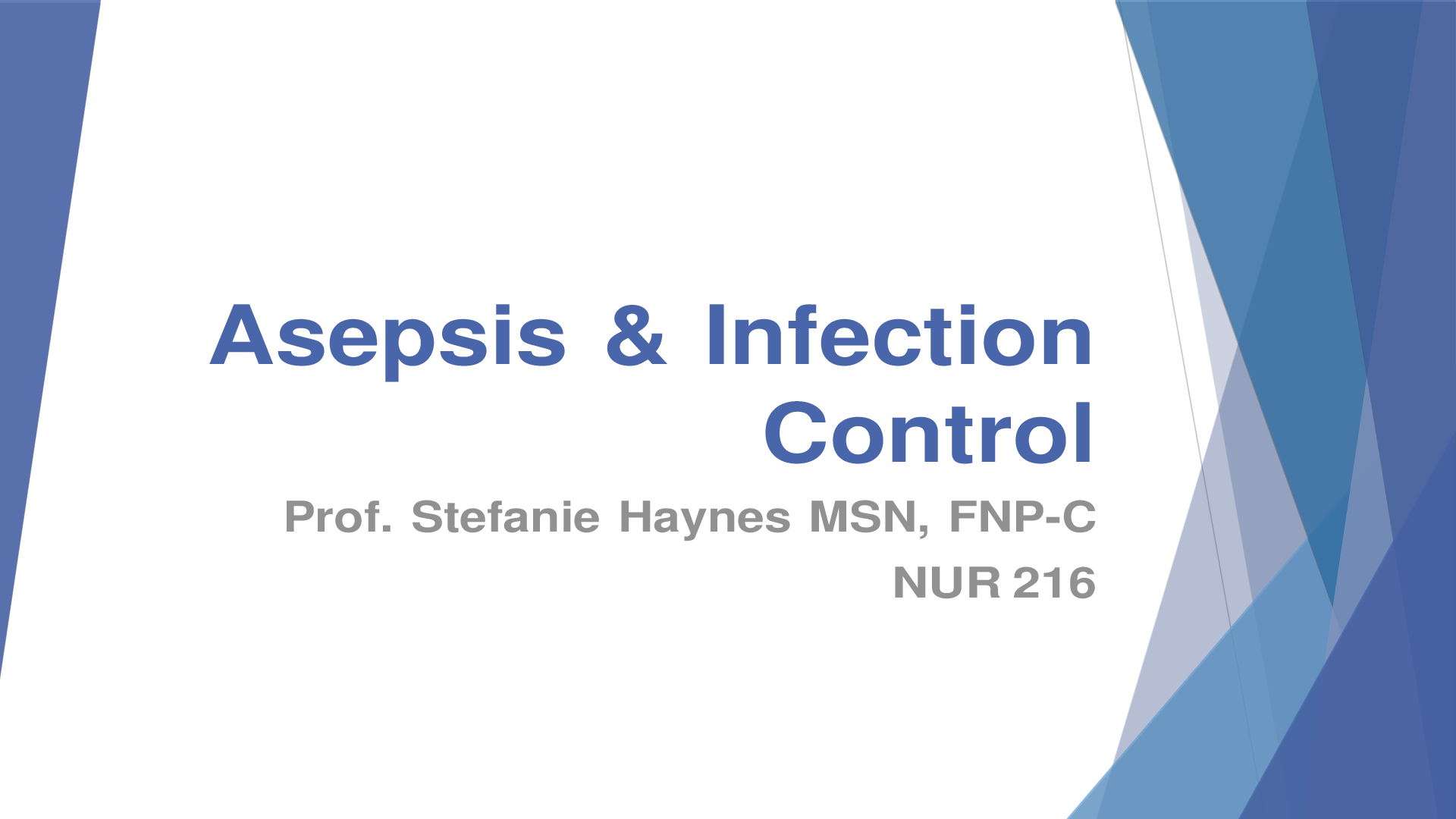



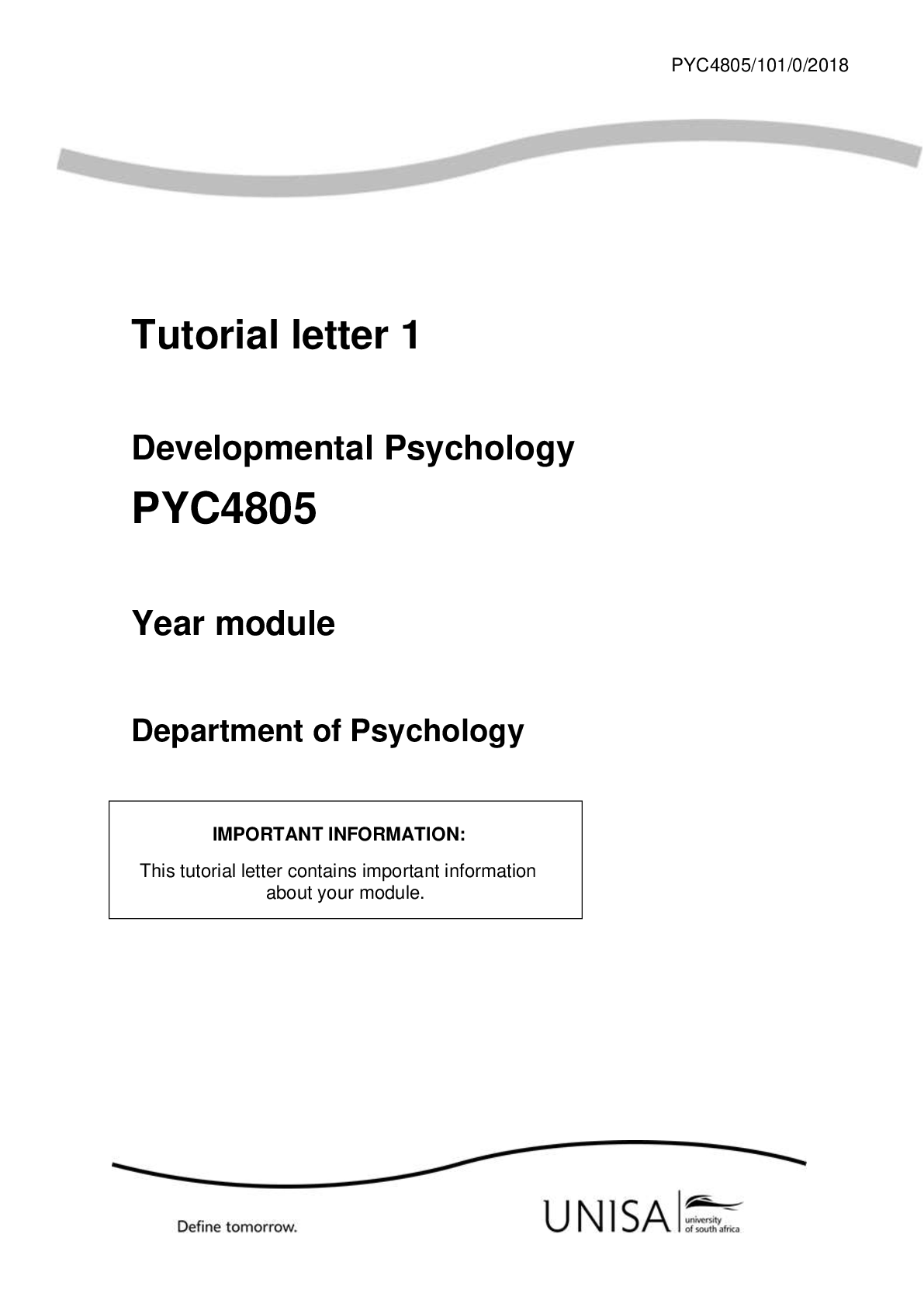


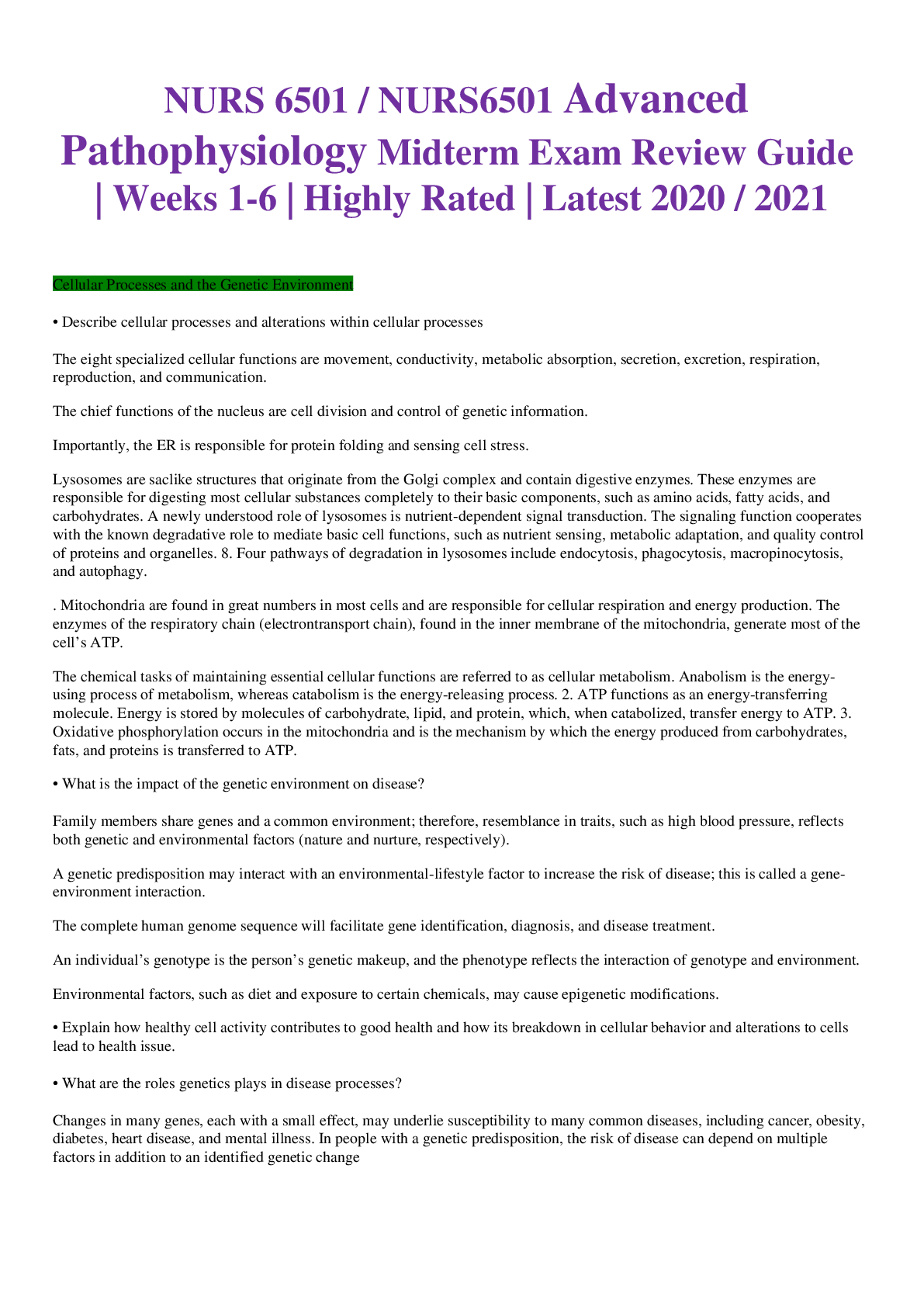

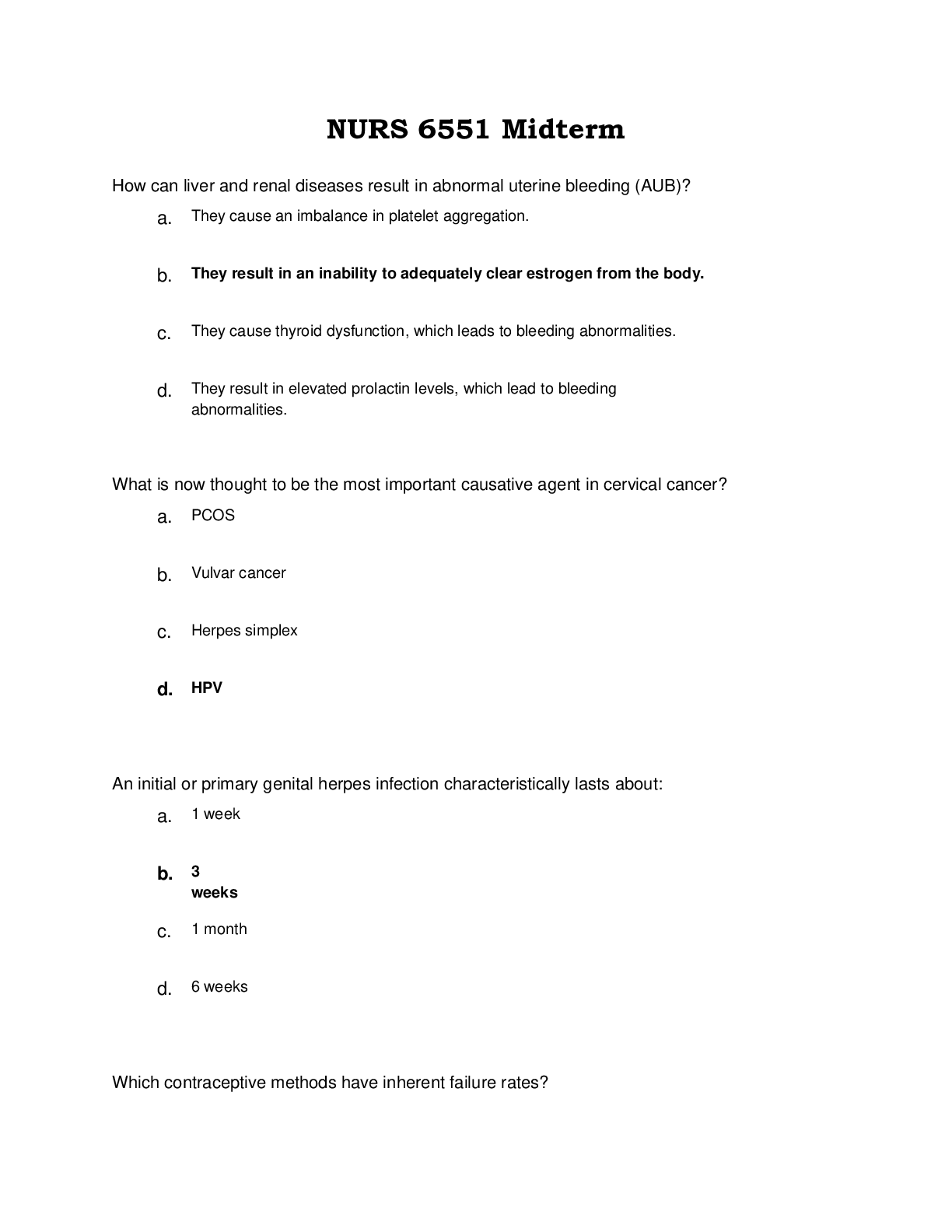
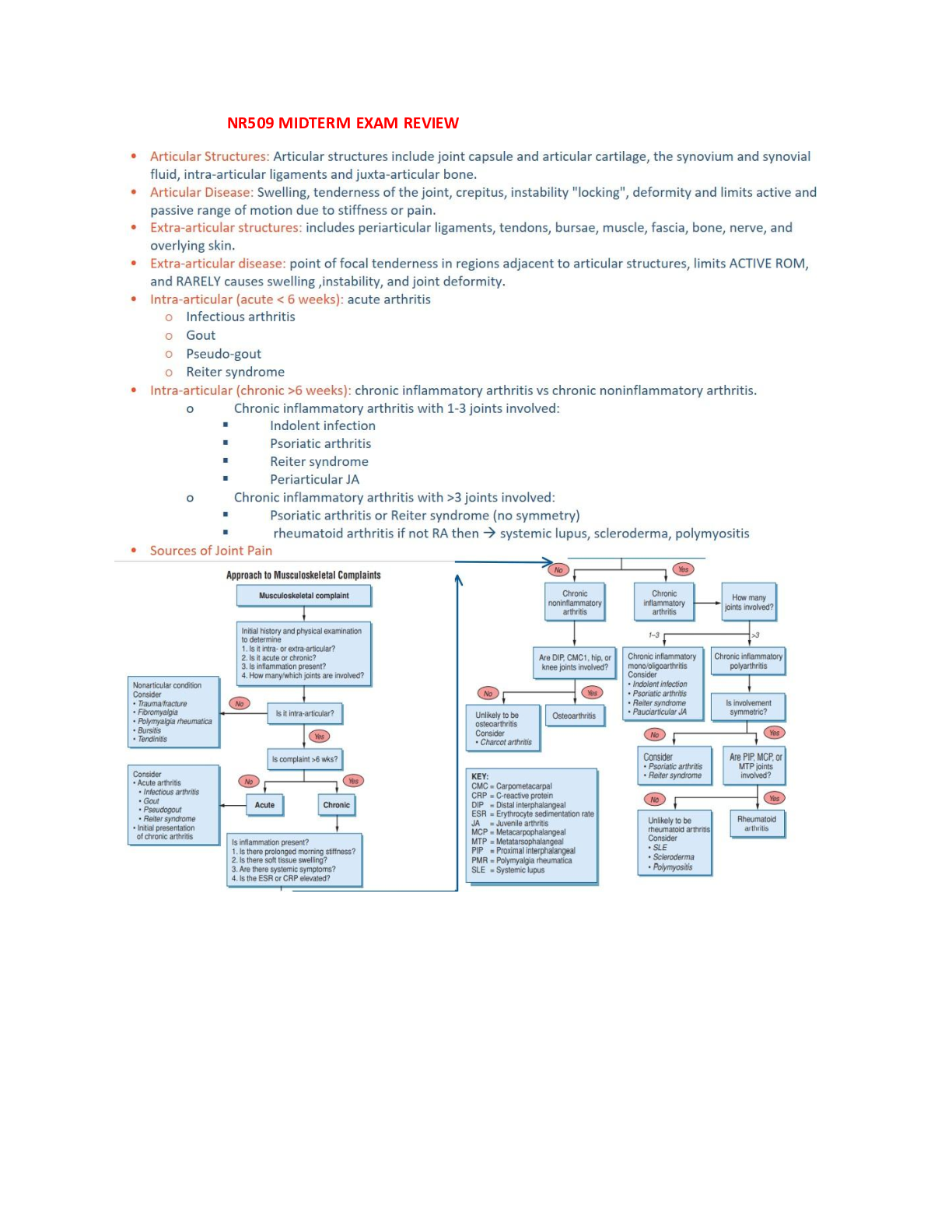


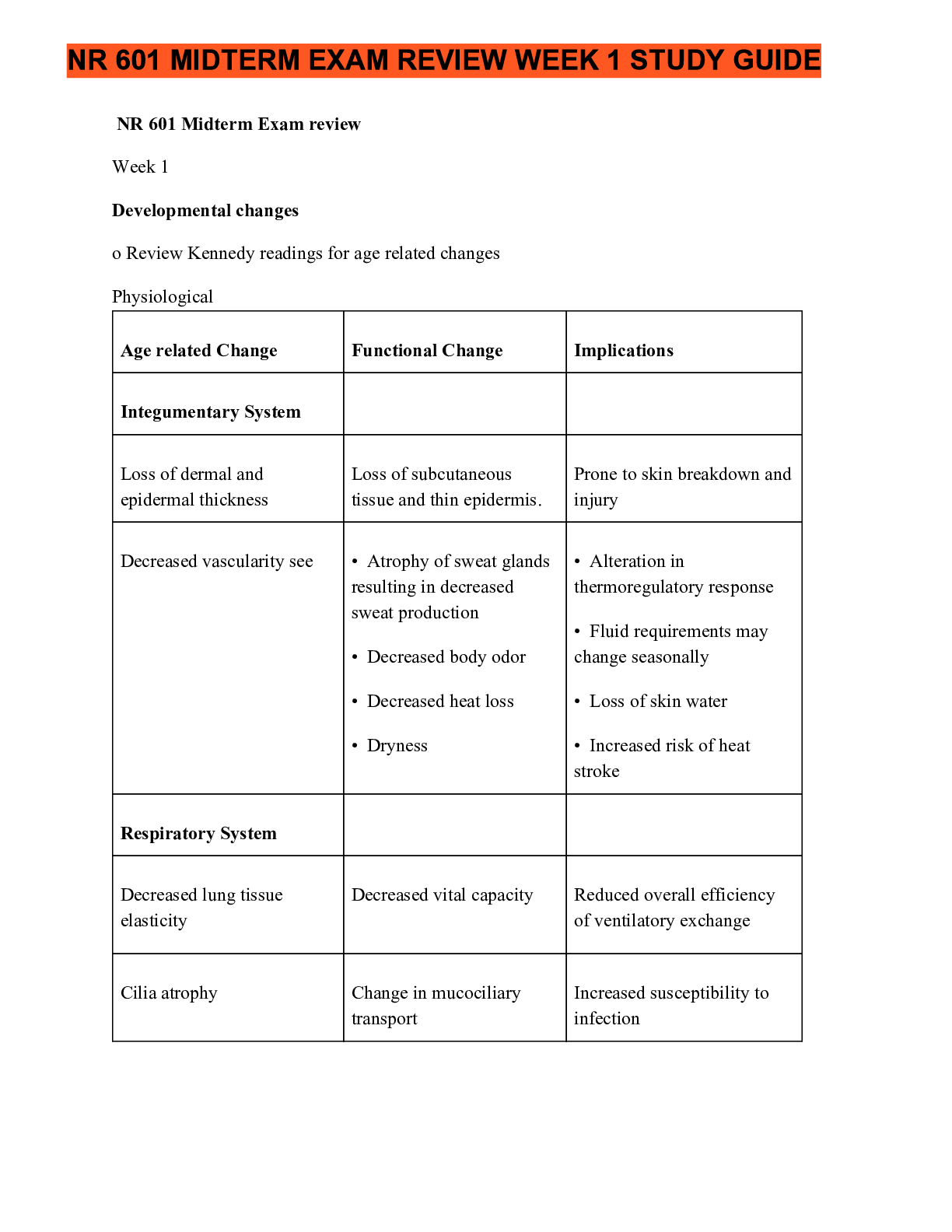


 (1).png)
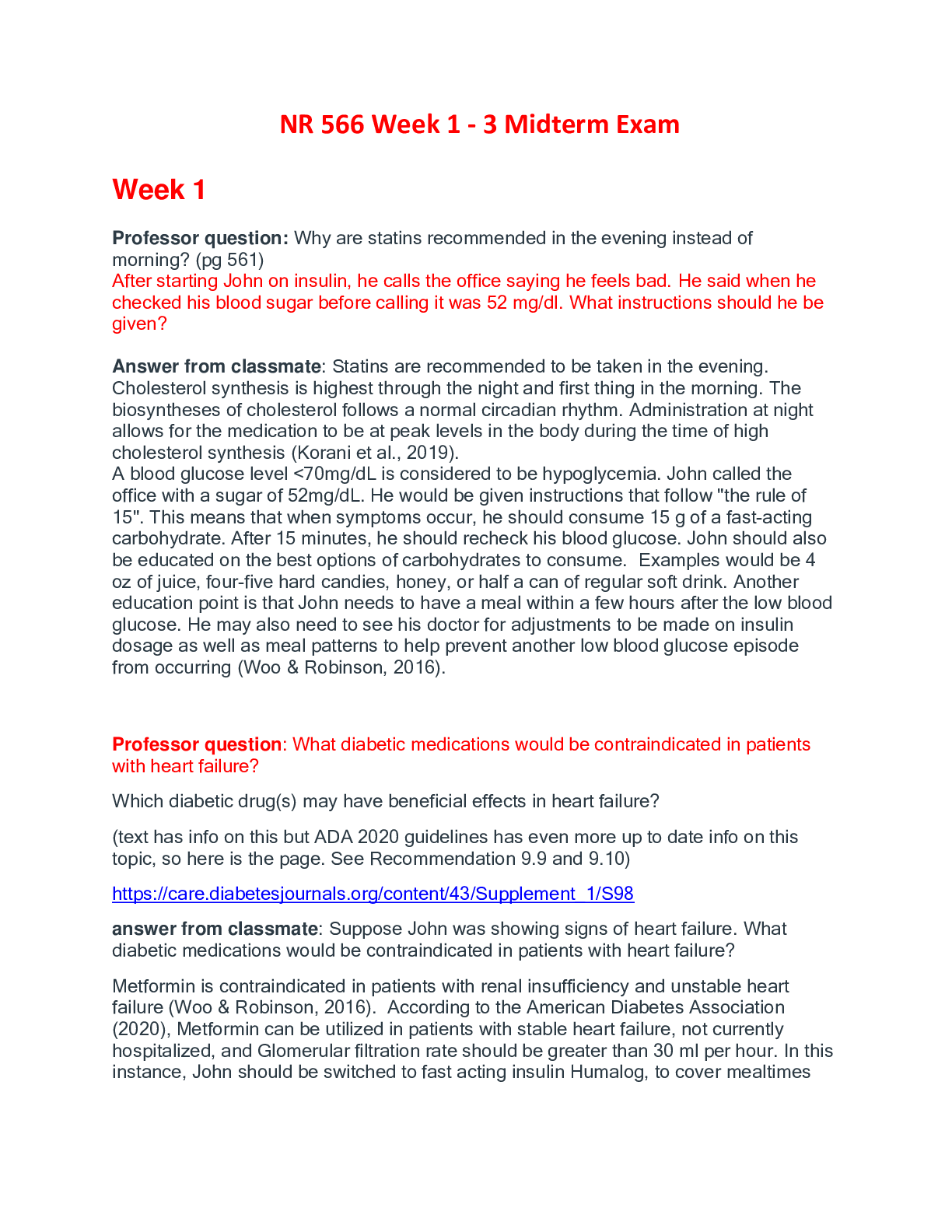
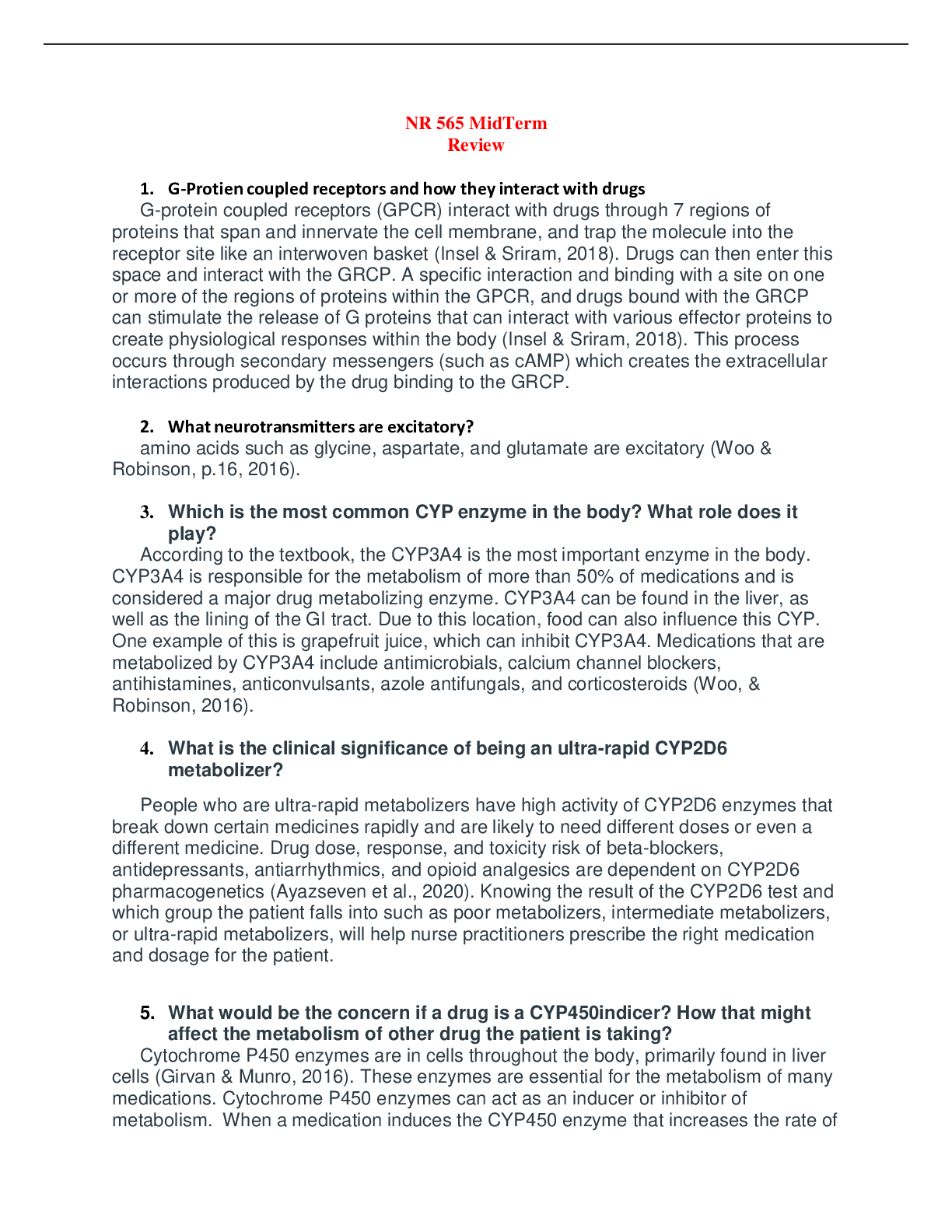

 (2021), Latest Questions and Answers with Explanations, All Correct Study Guide, Download to Score A.png)
